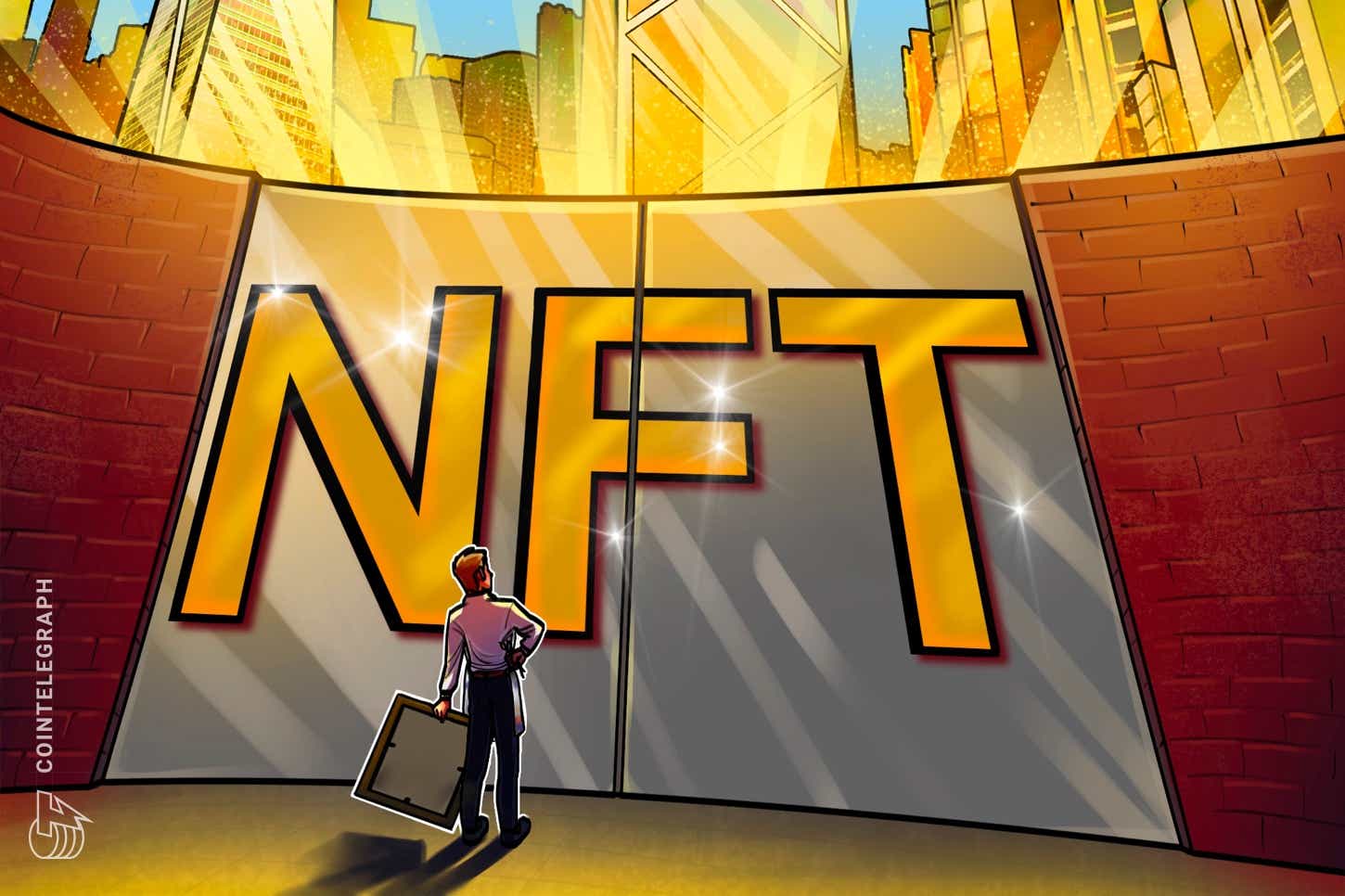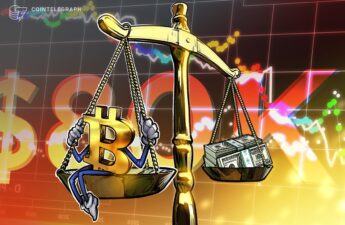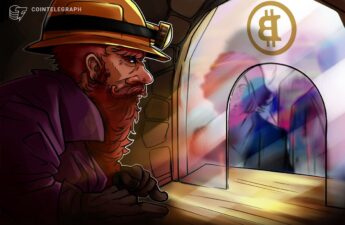It could be argued that nonfungible tokens, or NFTs, have been a concept since 2012. For instance, the inception of Colored Coins in 2012 may have laid the groundwork for NFTs today, as this project demonstrated how the Bitcoin (BTC) blockchain could be used as a transaction mechanism for real-world assets.
Fast forward to 2017, a time when CryptoKitties became one of the most popular decentralized applications, or DApps, ever built on Ethereum. CryptoKitties was described in 2017 by Ryan Hoover, founder of Product Hunt, as the first Ethereum-based decentralized Pokemon-like game, in which users can collect and breed digital kittens.
Unsurprisingly, as cryptocurrencies gained mainstream adoption, the concept of nonfungible tokens also skyrocketed. NFT sales topped$2.5 billion during the first half of 2021, demonstrating the potential of a seemingly new business model for digital creators. Yet as 2021 continues, some in the industry believe that the original intentions behind NFTs have become blurred by the financial gains often associated with these digital collectibles.
John Wolpert, co-founder of TreeTrunk and head of research and development at ConsenSys Mesh, told Cointelegraph that what makes NFTs both exciting and problematic is that people are marketing them with financial terms. There is a lot of money that can be made from NFTs, but we need to ask ourselves if we are talking about NFTs as stocks, or if we actually care about the artists and their artwork, he said. Moreover, while its impressive that artists like Mike Winkelmann, also known as Beeple, havemade millions of dollars from a single NFT sale, Wolpert wonders how long these instances will last:
What happens when the million-dollar NFT sells for less than $1,000? There is no evidence to suggest that we are in a pattern that doesnt have the crowding out effect. This then leads to the question if there is a real, lasting business model beyond the NFT hype?
A stream of royalties as a lasting business model for NFTs
According to Wolpert, there currently isnt a permanent business model behind NFTs, as he believes most are financial projects that will likely fade as the hype around nonfungible tokens decreases. Given this, Wolpert believes in a structure based on a multilevel-marketing approach that will ensure a constant stream of revenue for NFT artists globally.
Known as the tree trunk approach, Wolpert explained that this will ensure that buyers are selling a revenue stream, while also solving the double-spend problem that occurs when digital media is reproduced infinitely without any variations. For example, although nonfungible tokens are considered immutable records on a blockchain, Wolpert noted that they can easily be replicated. If an NFT is a picture, then I can copy the IPFS of the token and put it on another blockchain. Double spending is alive and well in NFT land. Yet by making an NFT a tree trunk, Wolpert explained that every owner or reseller of the artwork will have a unique, exclusive version that cant be copied before its sold to someone else.
Although not yet launched, Wolpert shared that these are created by using crypto lithography, a mechanism that leverages privacy-centriczero-knowledge proofs: With zero-knowledge proofs, NFT files are never seen by anyone including the owner, yet one can still prove what an NFT looks like and if images were created based on an original NFT artwork. Similar to a family tree, Wolpert referred to the original NFT images as the parent file, while copies based on the original are known as children files. There can even be grandchildren files if enough copies are generated.
Any artist would be able to go through the verification process. According to Wolpert, such a tool is important because in the digital world, if the 1s and 0s of a piece of art are revealed, it can easily be copied. As a result of this, someone else can claim they have the original piece.
Challenges with NFT royalties
In terms of revenue, Wolpert mentioned that TreeTrunk NFTs could be sold on secondary marketplaces like OpenSea, explaining that each reseller including the original creator will receive royalties when an NFT is sold. Now there is a tree-like revenue stream where the original artist serves as the trunk, said Wolpert. Yet while the concept behind TreeTrunk NFTs is intriguing, a number of challenges may occur. Specifically, the idea of providing buyer royalties may result in legal issues.
Brett Harrison, president of cryptocurrency exchange FTX.US, told Cointelegraph that while the FTX NFT marketplace allows creators to receive royalties from secondary sales, complexity arises when an artist makes an NFT resemble an investment product. As such, Harrison remarked that FTX will not endorse an NFT that could have securities oversight: We think that if an NFT is distributing a portion of secondary royalties to all of the holders, then it looks more like an investment contract.
Related:Trick or treat: Will Halloween NFTs be hauntingly good or too spooky for crypto?
Although FTXs NFT marketplace has chosen not to support buyer royalties, its important to point out that regulations still remain unclear. In March, Hester Peirce, a commissioner of the Securities and Exchange Commission who is also known as Crypto Mom,warned that issuers of fractionalized nonfungible tokens and NFT index baskets could be distributing investment products.
However, its still too early to determine whether NFTs will immediately become securities. Dan Simerman, head of financial relations at the Iota Foundation, told Cointelegraph that what is most likely needed now is a lightweight framework that is as robust as current securities laws but does not hamper innovation:
With blockchain technology, its possible that all digital things will be able to earn yield and royalties, so we probably need to reframe what it even means to be a security or to earn royalties at all.
Current NFT business models to ensure integrity
Royalties aside, ensuring the integrity of NFTs is an important problem to solve before determining the structure of a lasting business model. While TreeTrunk NFTs leverage zero-knowledge proofs based on the Baseline Protocol standard to provide authenticity, other marketplaces are taking different approaches.
For example, Harrison explained that FTXs NFT marketplace is taking specific measures to ensure that NFTs trading on the platform are authentic:When NFTs are generated, they come with a set of creator addresses that ensure the original creator can verify their work by signing a transaction on Solana, for instance. He added: Unless you are a creator and have control over another creators wallet, then you cant authenticate as that user. No one can impersonate another users wallet.
Although this is the case, Harrison is aware that people can still make copies of JPG images. In an attempt to solve this problem, Emily Poplawski, chief operating officer of Metaplex Studios an NFT storefront solution told Cointelegraph that some platforms are using human verification for NFTs. For instance, Poplawski remarked that the DigitalEyes NFT marketplace for Solana allows NFTs to be verified with a blue checkmark, similar to Twitter. However, Poplawski noted that these solutions are still not perfect and are prone to mistakes:
The business model of NFTs is still early and were seeing a lot of experimentation. Its currently been a game-changer for thousands, though. Stories in our community where people are quitting their jobs as gas station attendants, paying off student loans, or writing $100,000 checks to charity are quite common in this brave new world of financial empowerment made possible through decentralization.



